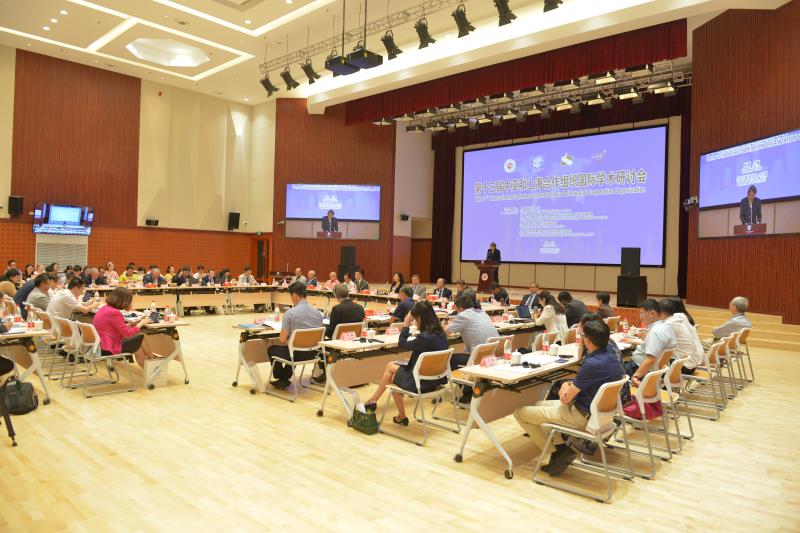Conference: ‘SCO Plus’ model to boost regional integration

The 13th International Conference on Central Asia and the Shanghai Cooperation Organization was held from Sept. 10 to 12 in Shanghai.
Commenting on the addition of India and Pakistan to the Shanghai Cooperation Organization at the Astana summit in June, scholars concurred at a recent conference that expanding the organization will facilitate bilateral and multilateral cooperation while advancing regional integration.
The 13th International Conference on Central Asia and the Shanghai Cooperation Organization was held from Sept. 11 to 12 in Shanghai. It was co-hosted by the Shanghai University of Political Science and Law (SHUPL), the China National Institute for SCO International Exchange and Judicial Cooperation (CNISCO), the Shanghai International Culture Association and the Center of SCO Studies at the Shanghai Academy of Social Sciences (SASS).
Since it was founded in 2001, the SCO has made remarkable progress in various fields, and the first expansion has brought the organization to a new stage. Going forward, one of the major issues facing the organization is deciding which consultation mechanism should be built to safeguard the interests of the member countries while showing to the world the aim, plan and vision of the SCO.
Pan Guang, chief specialist of the CNISCO and head of the Center for SCO Studies at SASS, suggested placing the “SCO Plus” dialogue and cooperation model on the agenda.
Currently, the SCO consists of eight full members, four observers and six dialogue partners.
In the future, more nations will be willing to join the SCO, Pan said, adding that the organization can draw upon the “BRICS Plus” model and engage with countries interested in such issues as terrorism, energy security and environmental protection to enhance communication with the outside.
While expanding, the SCO should improve itself to play its role in the region more effectively, said Xing Guangcheng, director of the Institute of Chinese Borderland Studies at the Chinese Academy of Social Sciences.
The enlargement also means new challenges and opportunities. Scholars said that the SCO should not only observe the “Shanghai Spirit” and deepen trust among member states but also steadily push forward economic cooperation.
Central Asia will be a diverse, open region in the future, said Feng Yujun, head of the Center for Russian and Central Asian Studies at Fudan University. While promoting economic cooperation, the SCO should consider joining forces with other international organizations as well as non-member economies like the United States and the European Union, Feng said.
Now that India and Pakistan have joined, the SCO is composed of four coastal states and four inland countries. Yuan Shengyu, dean of the School of International Studies and Public Administration at the SHUPL, said that the SCO will focus on constructing institutions and expanding its functions to increase mutually beneficial cooperation at sea.
SCO members have growing demands and willingness to engage in maritime cooperation, especially port cooperation, Yuan said. Landlocked countries in East Asia, in particular, are eager to strengthen economic contact with the outside by exporting via the sea.
Cooperation on marine channel construction will also be an important link for the successful implementation of the 21 Century Maritime Silk Road, Yuan added.
LI YU is a reporter at the Chinese Social Sciences Today.
